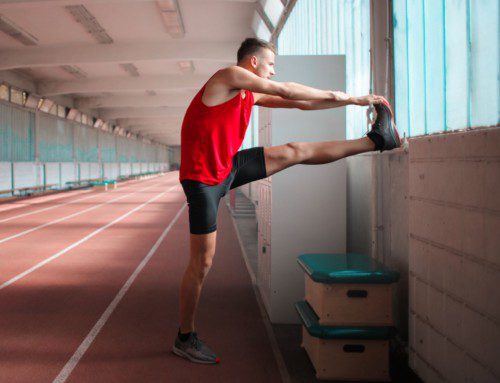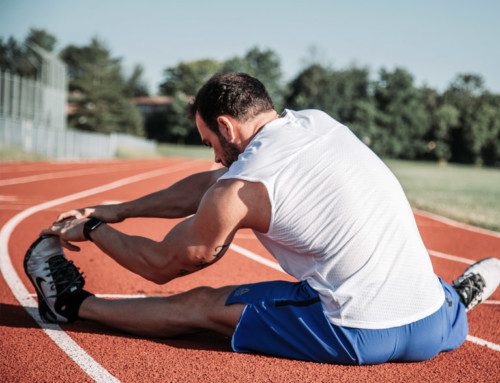Welcome to part two of our two-part series on mobility for weightlifting. If you have not done so already, please see our blog post on overhead mobility. In today’s blog post we will be discussing hip and ankle mobility that is needed to perform the squat. Though knee mobility is also important for these movements, limitations at the hips and ankles are more commonly seen.
If you are having difficulty squatting, there are a few components that are worthwhile to examine. The first, is the optimal position for your hips. Certain individuals, based on their anatomy, need to maintain a wider stance and others may need a narrower stance. There is also variability in the degree to which you may need to point your toes out vs. forward. For those individuals who have longer femurs (thigh bones), the above adjustments may need to be made. Often, people with this anatomy have to adopt a wider stance and toe their feet out more in order to allow the hips to get into optimal positions and cause the pelvis to smoothly glide downwards between the legs. This in turn allows for an athlete to break parallel with their squat depth.
Another factor to consider when it comes to hitting appropriate depth for a squat is ankle mobility. It is critical to have adequate ankle dorsiflexion to allow the tibia (shin bone) to travel forward and have the knees move over the toes. Often, those who do not have enough mobility in this area fold their torso forward, which could cause a decrease in control of the bar for either a front or back squat and possible injury. Individuals with limited ankle dorsiflexion may therefore benefit from elevating the heels via lifting shoes, heel lifts/wedges, or simply putting plates under the heels. This allows for the knees to travel over the toes more easily to overcome the ankles’ limited mobility. Though this is a solution to improve form temporarily, it is imperative that athletes with reduced ankle dorsiflexion work to improve this range of motion to decrease the need for external assistance during their lifts. To determine if you have enough ankle dorsiflexion, simply go near a wall and move into a half kneeling position as shown in the picture below. Take all five fingers and place them against the wall-this is how far away from the wall your toes should be. Once you determine that distance, line your toes up to your hand. While keeping the heel on the ground, lunge forward so that the knee comes over the toes and attempts to touch the wall. If you are unable to touch the wall with your foot (about 4 cm from the wall) while your heel stays down, then you have limited ankle dorsiflexion and the below stretches will be useful to improve performance.
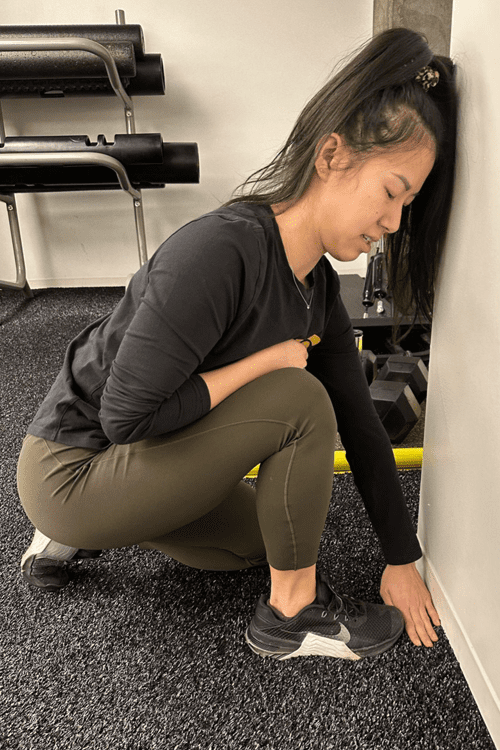
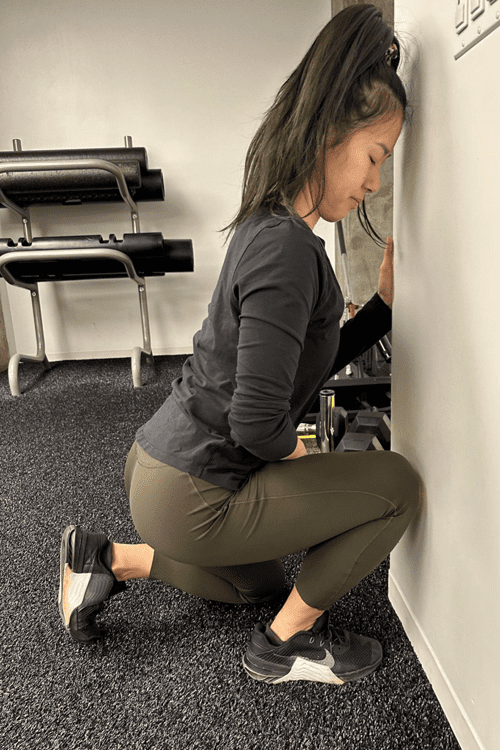
To increase ankle dorsiflexion, there are a number of activities someone can work on. The first is the knee to wall stretch. This stretch is set up similar to the test listed above, but the goal is to hold this position for a prolonged period of time (10-30 seconds), with the intention of getting closer to the wall. You can also work on ankle dorsiflexion by sitting on a box or bench and holding a heavy weight on your thigh, while your foot is as far back as possible with the heel still on the ground. This stretch should be held for about 3 minutes at a time and can be repeated 3 times in one sitting. Consistency with these stretches should decrease the need for heel lifts during squatting motions.
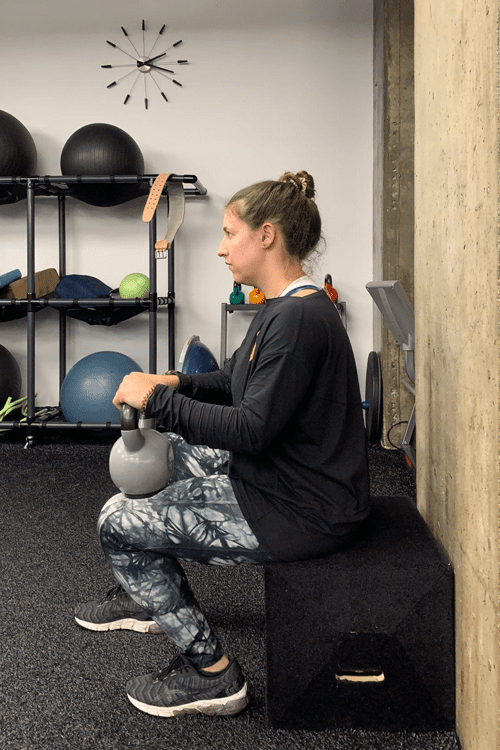

Taking into account foot positioning and ankle range of motion should allow for improvements in squat form, regardless of the type of squat performed. If you have concerns about these movements or others that are necessary to weightlifting, come see one of our doctors of physical therapy. We will be able to perform a full body assessment and provide customized exercises to help address any limitations found. Our goal at Set Physical Therapy is to help our patients maintain their activity levels and optimize performance while decreasing injury risk.



